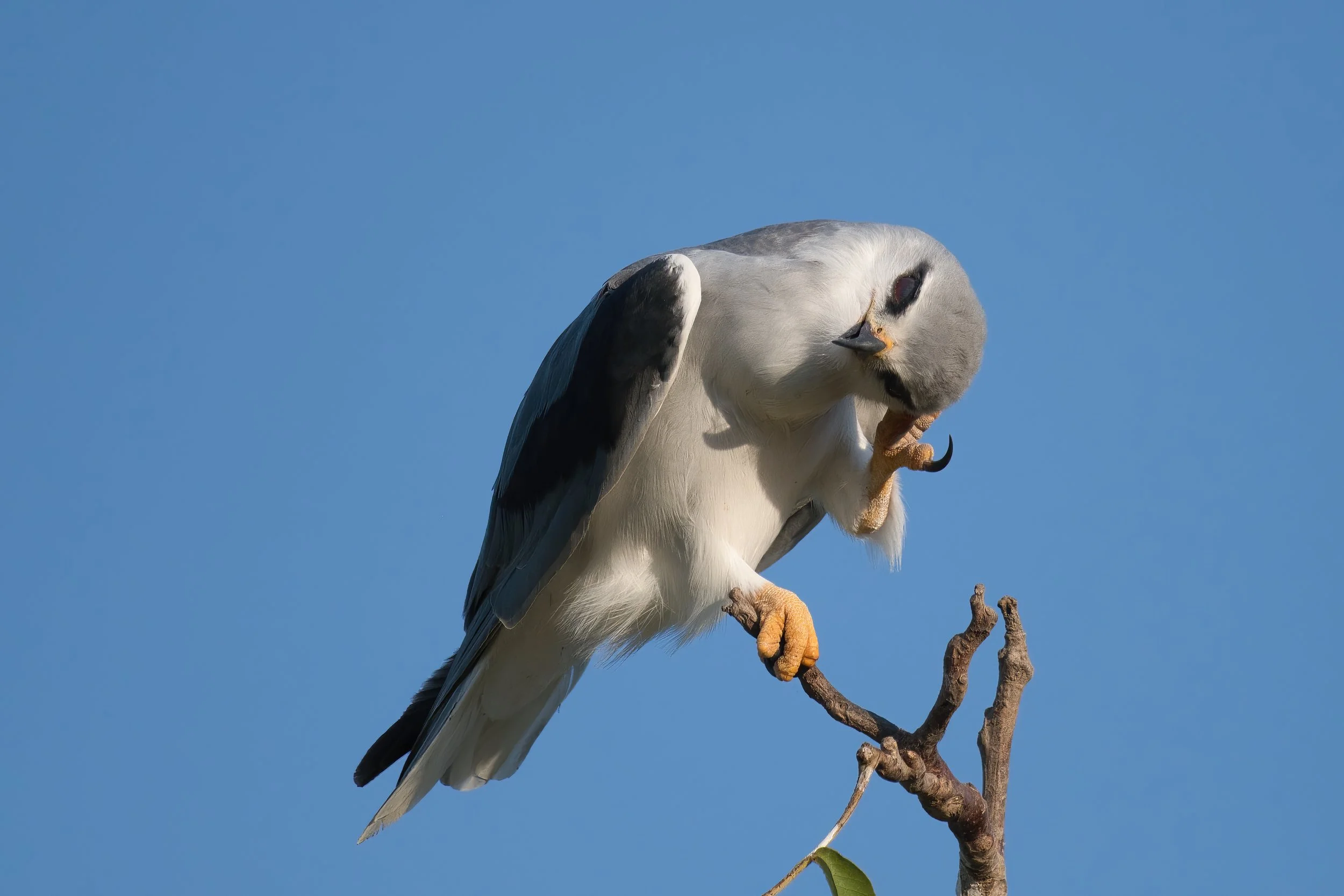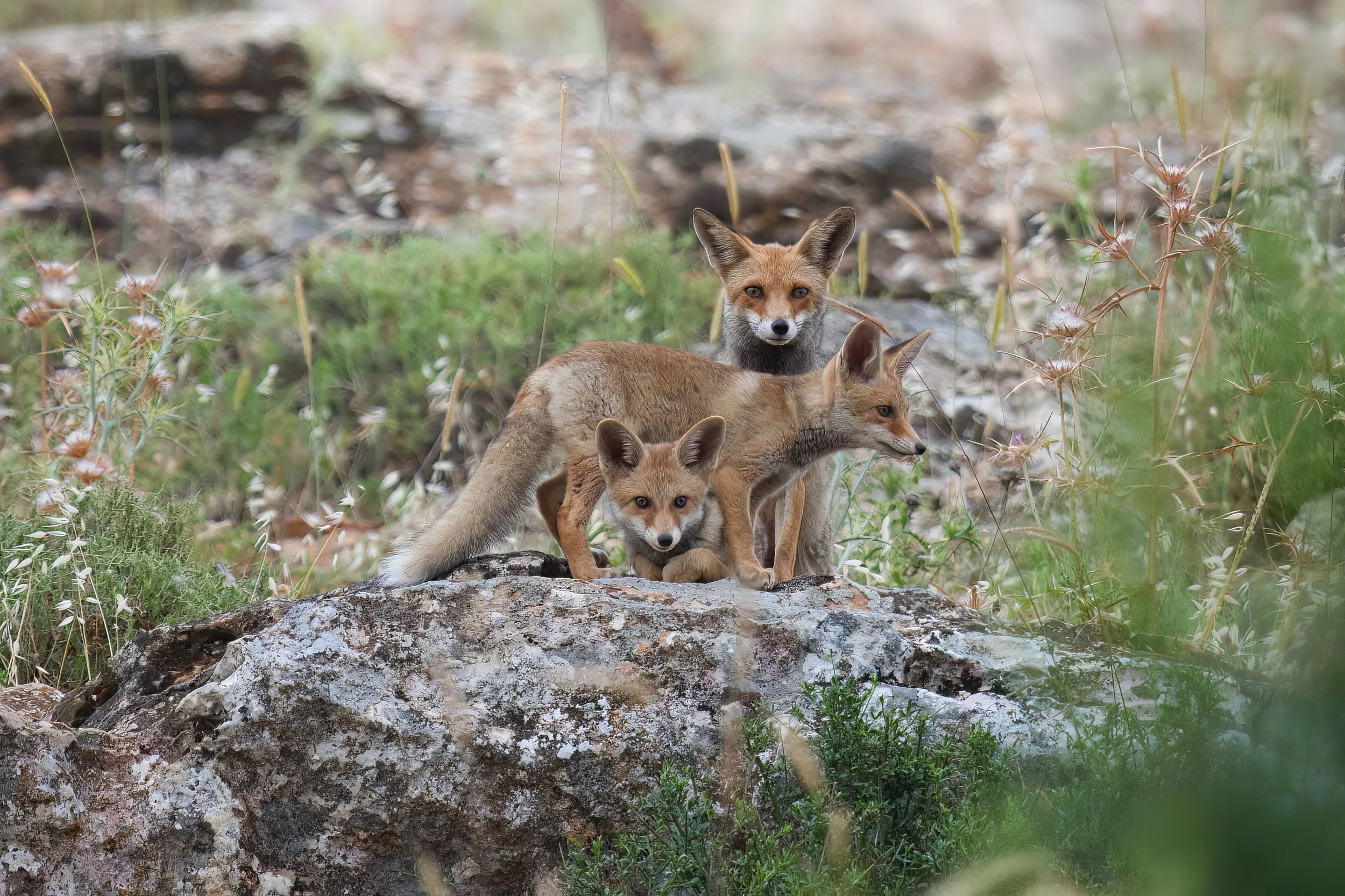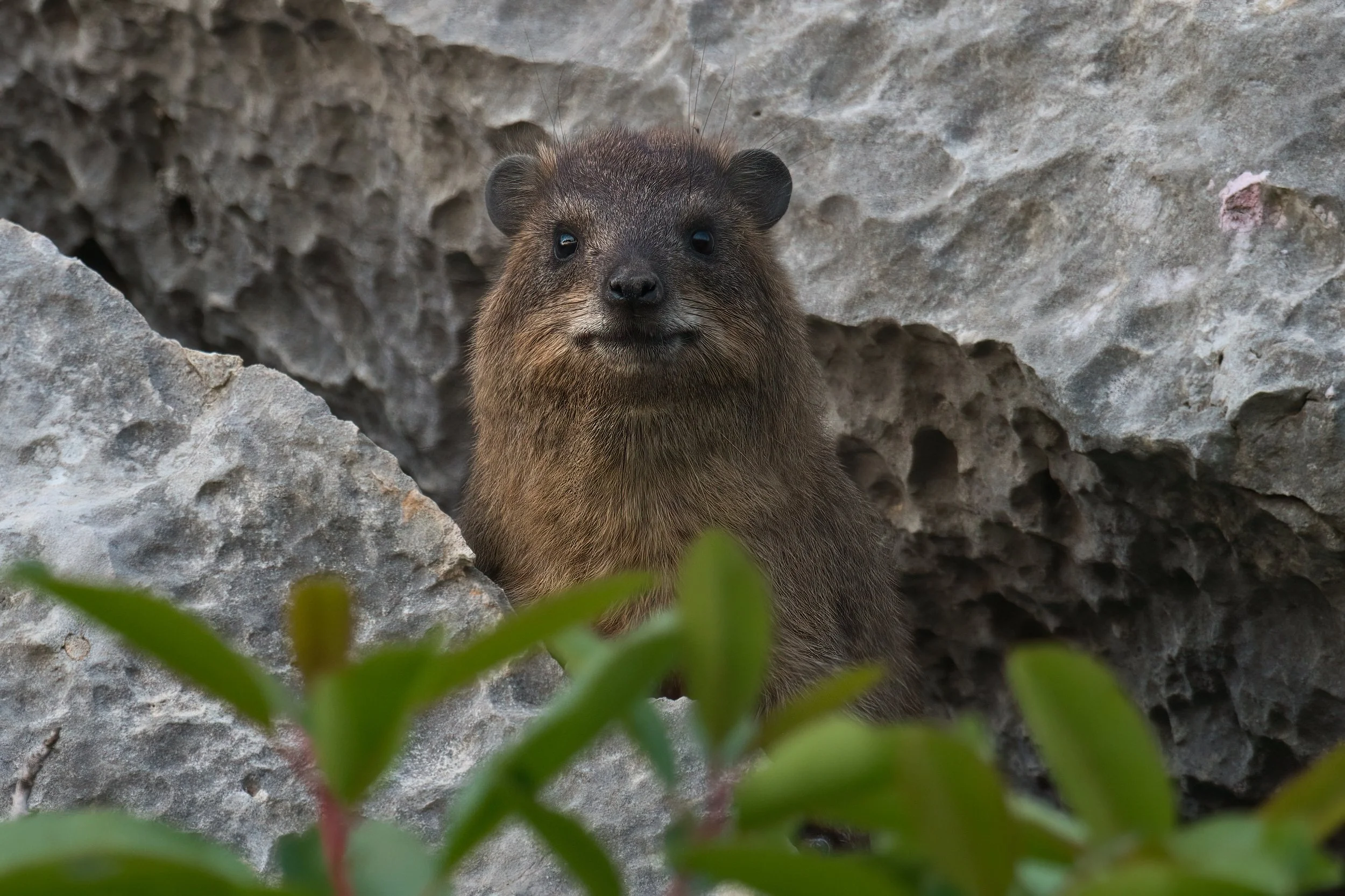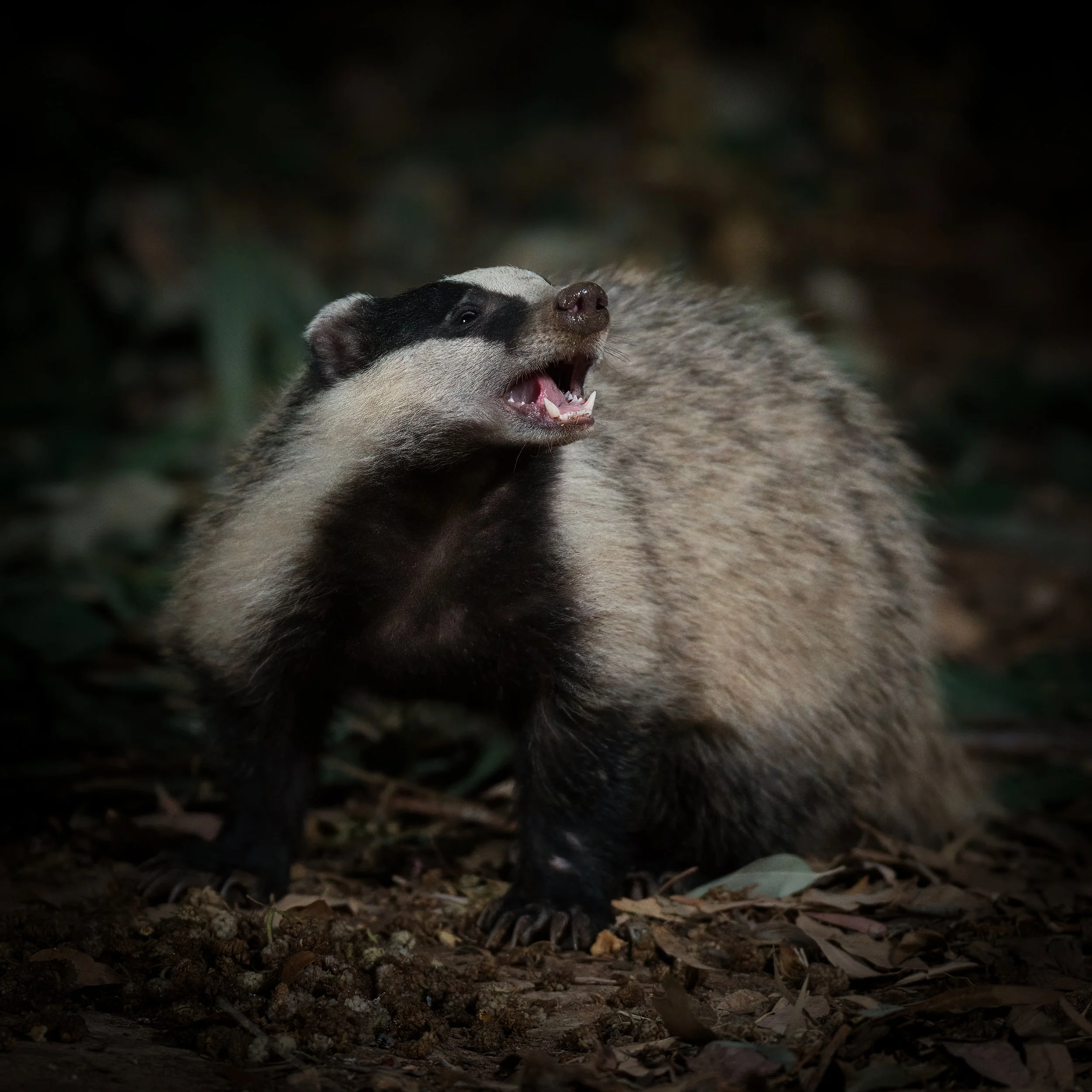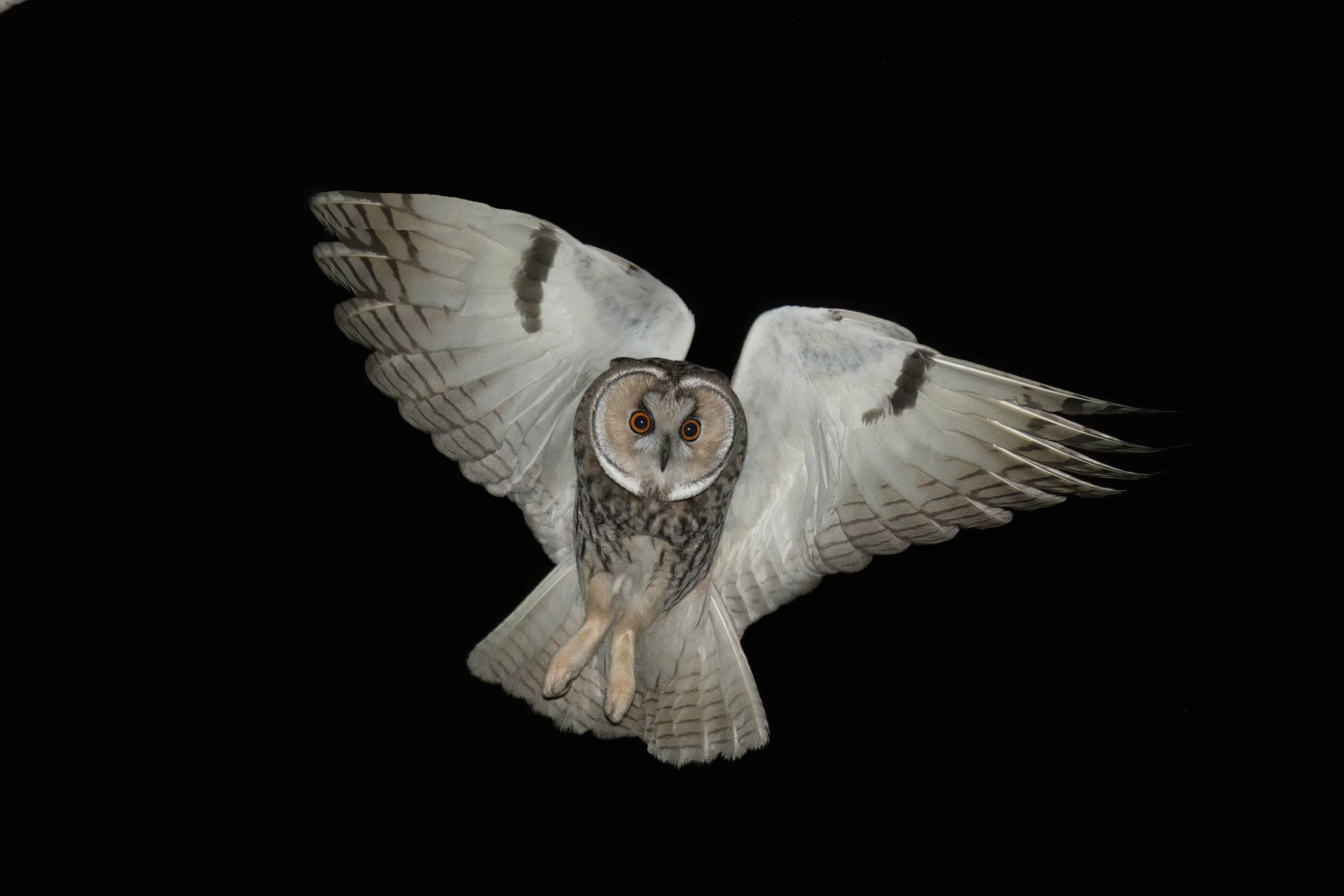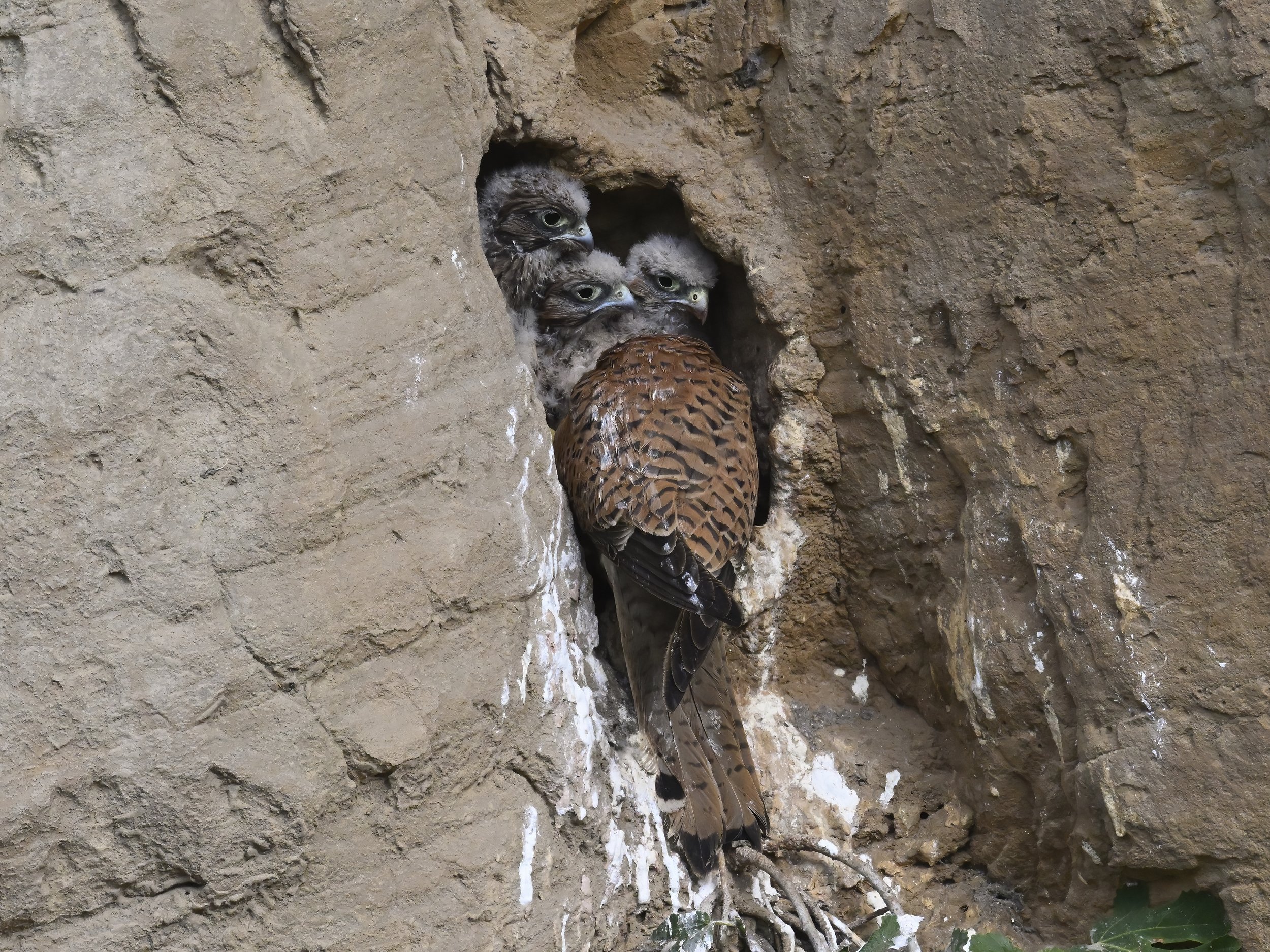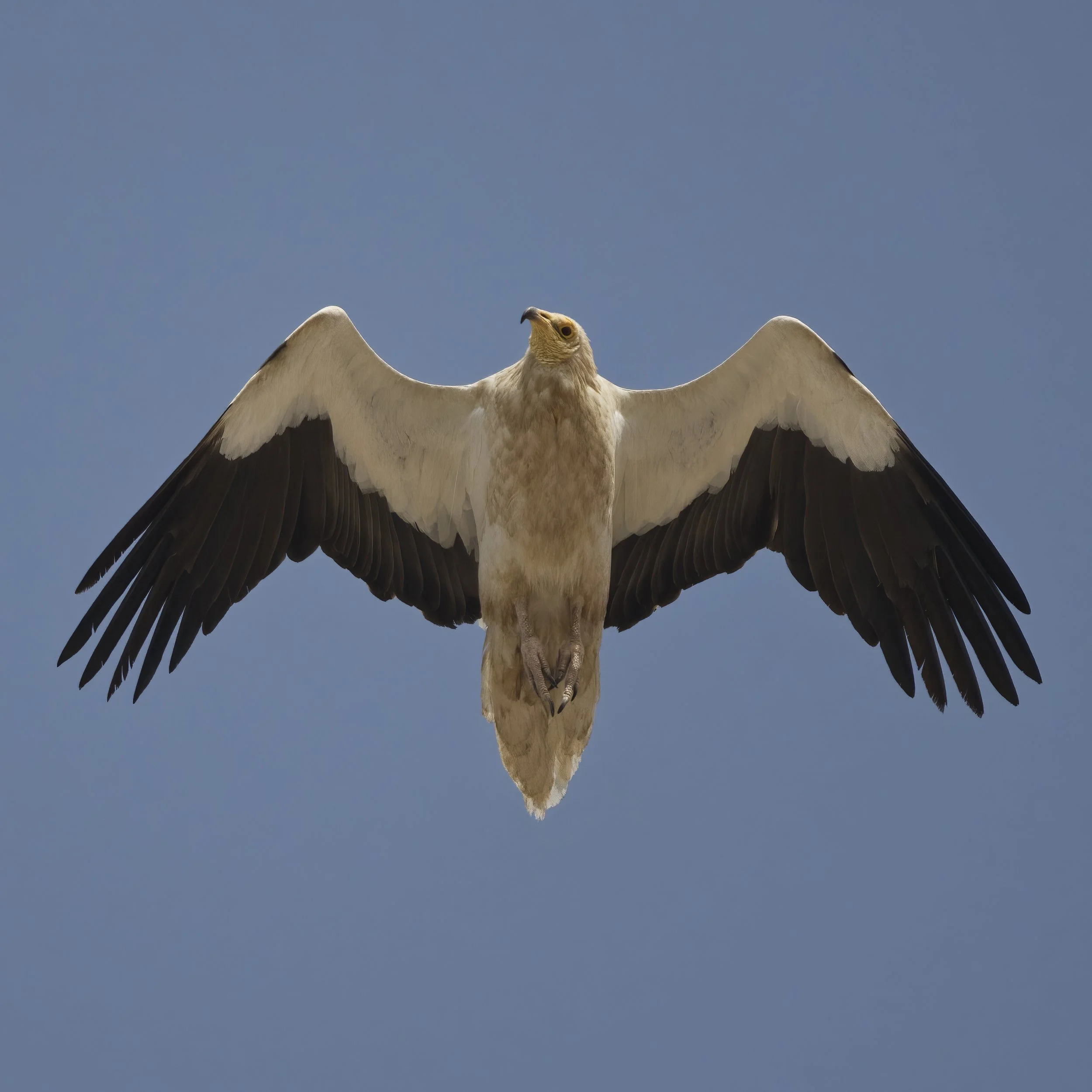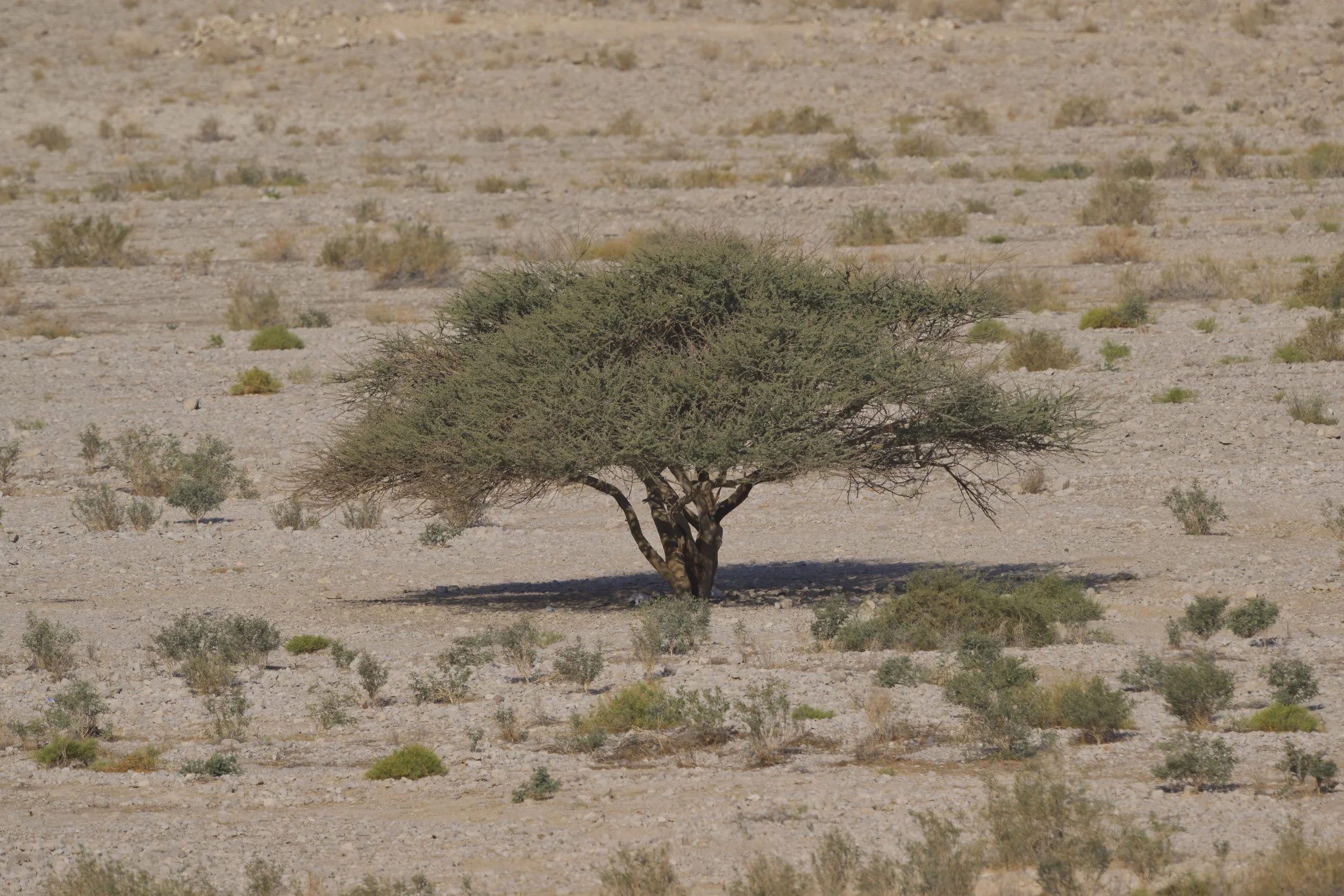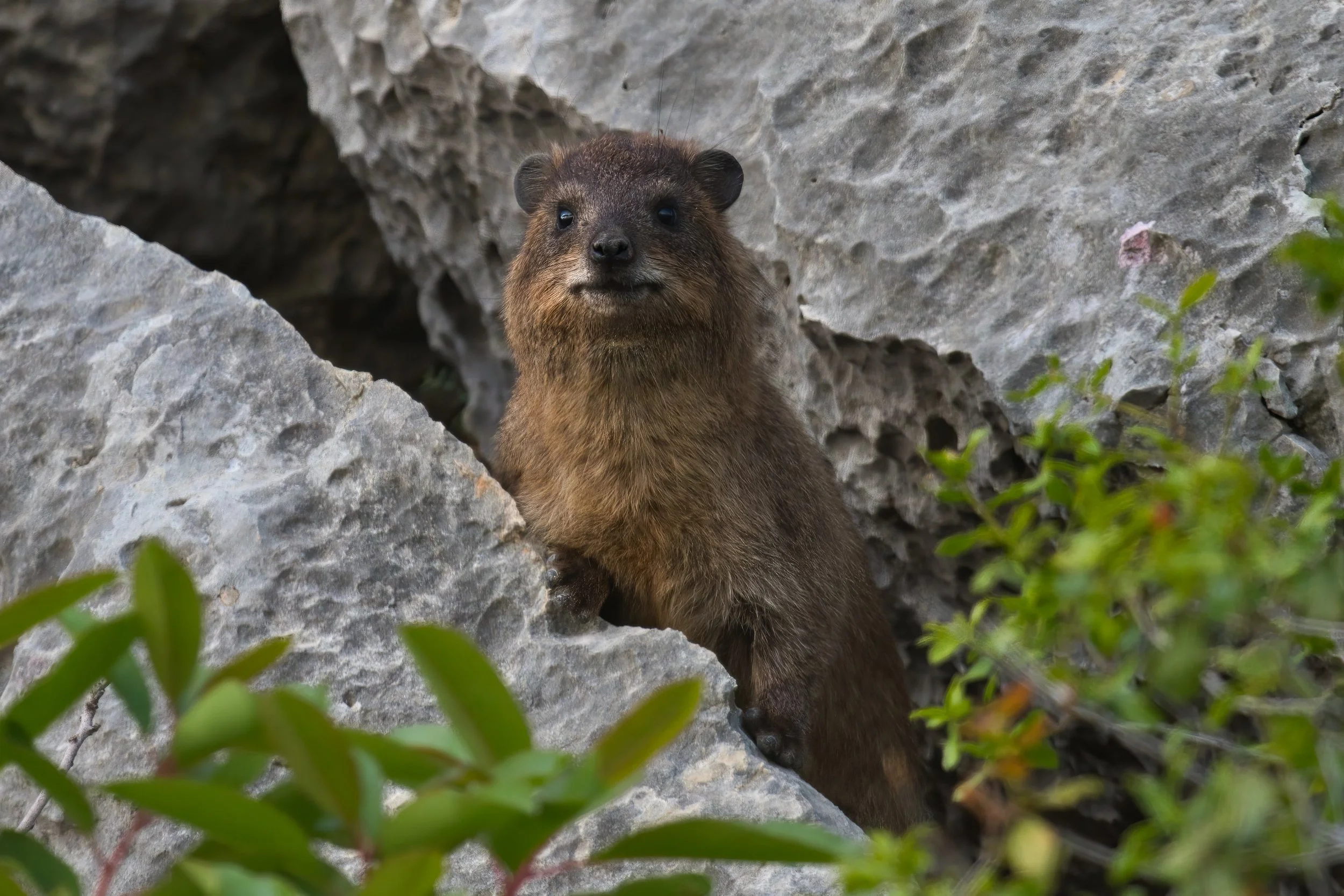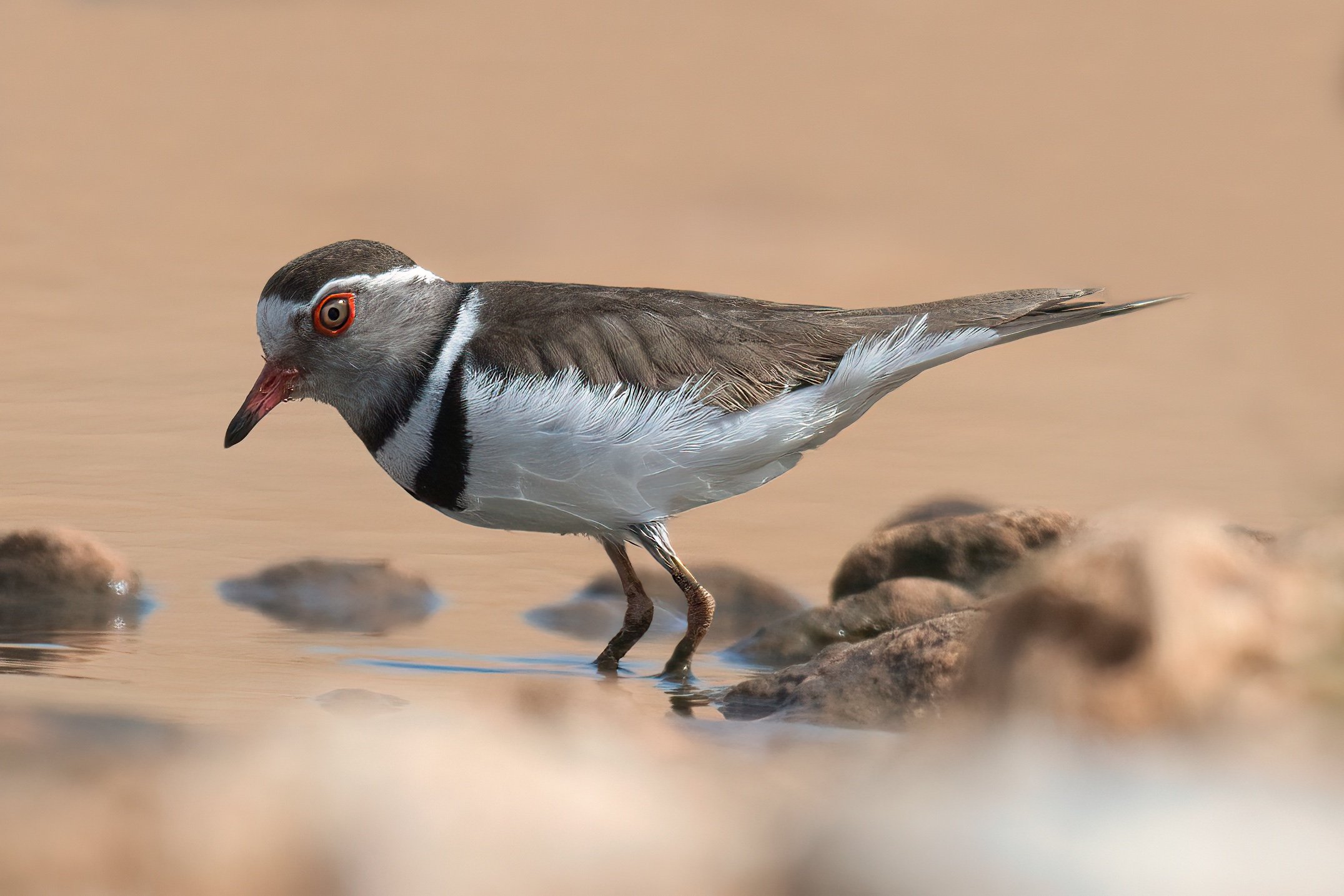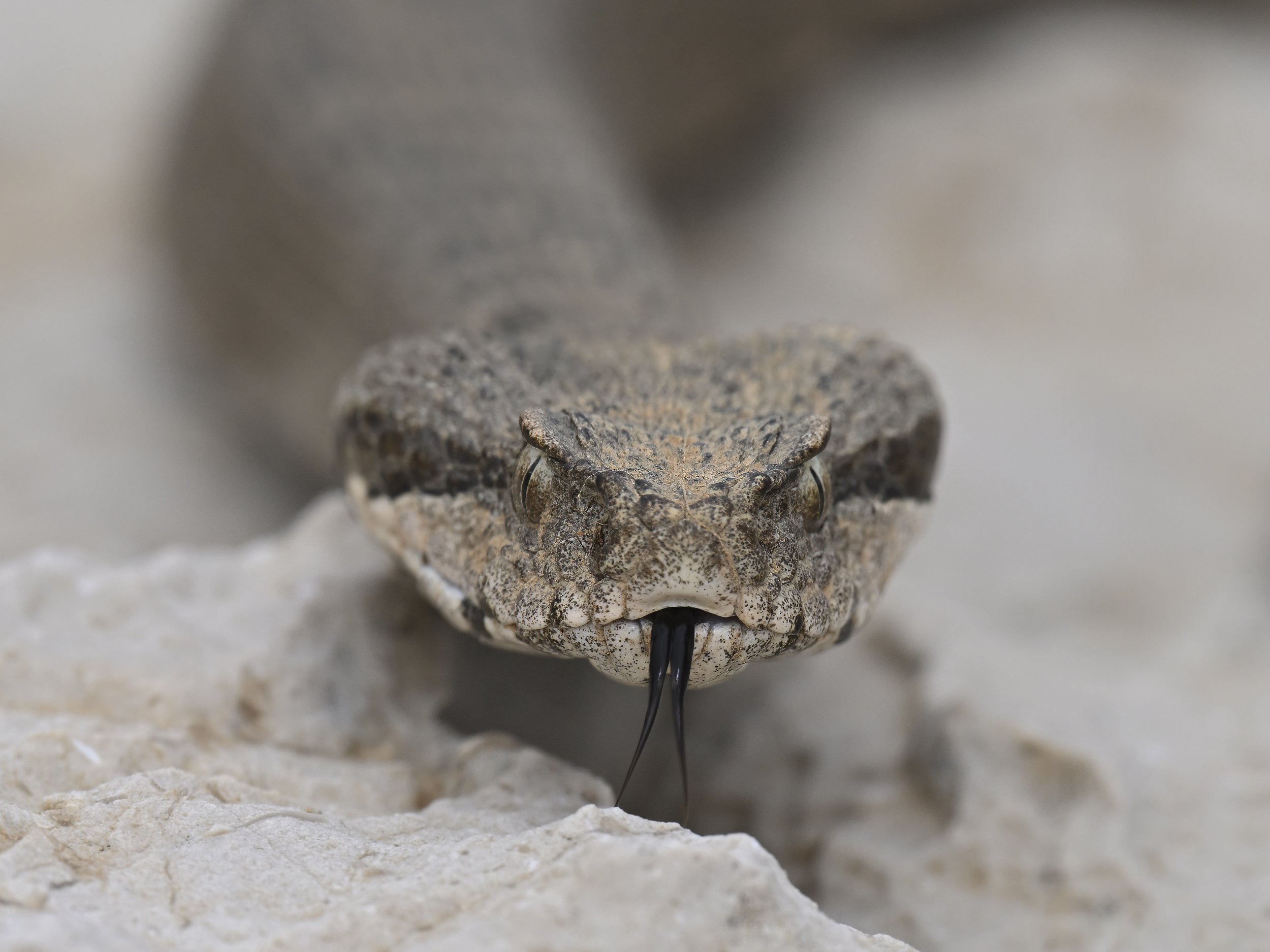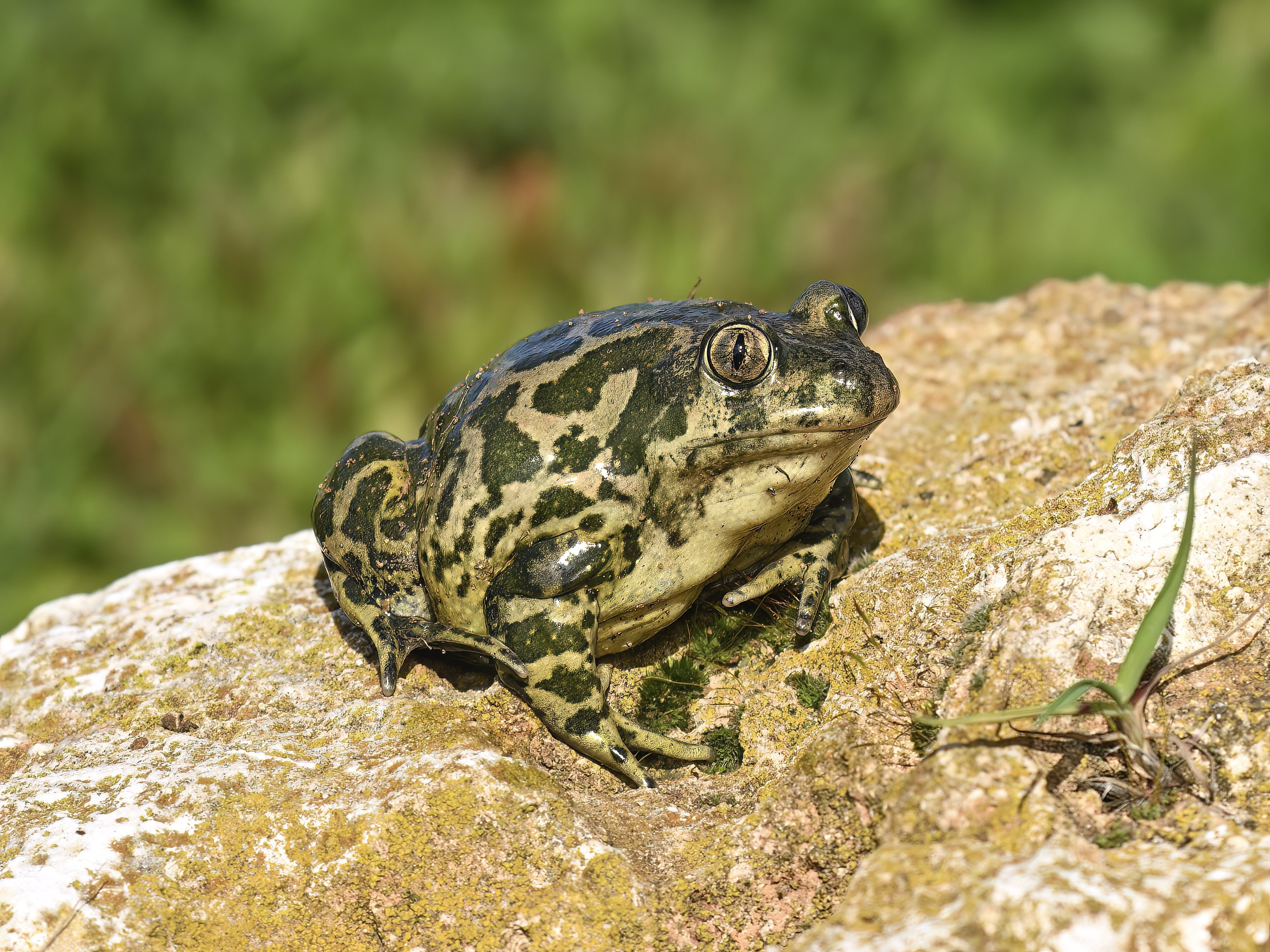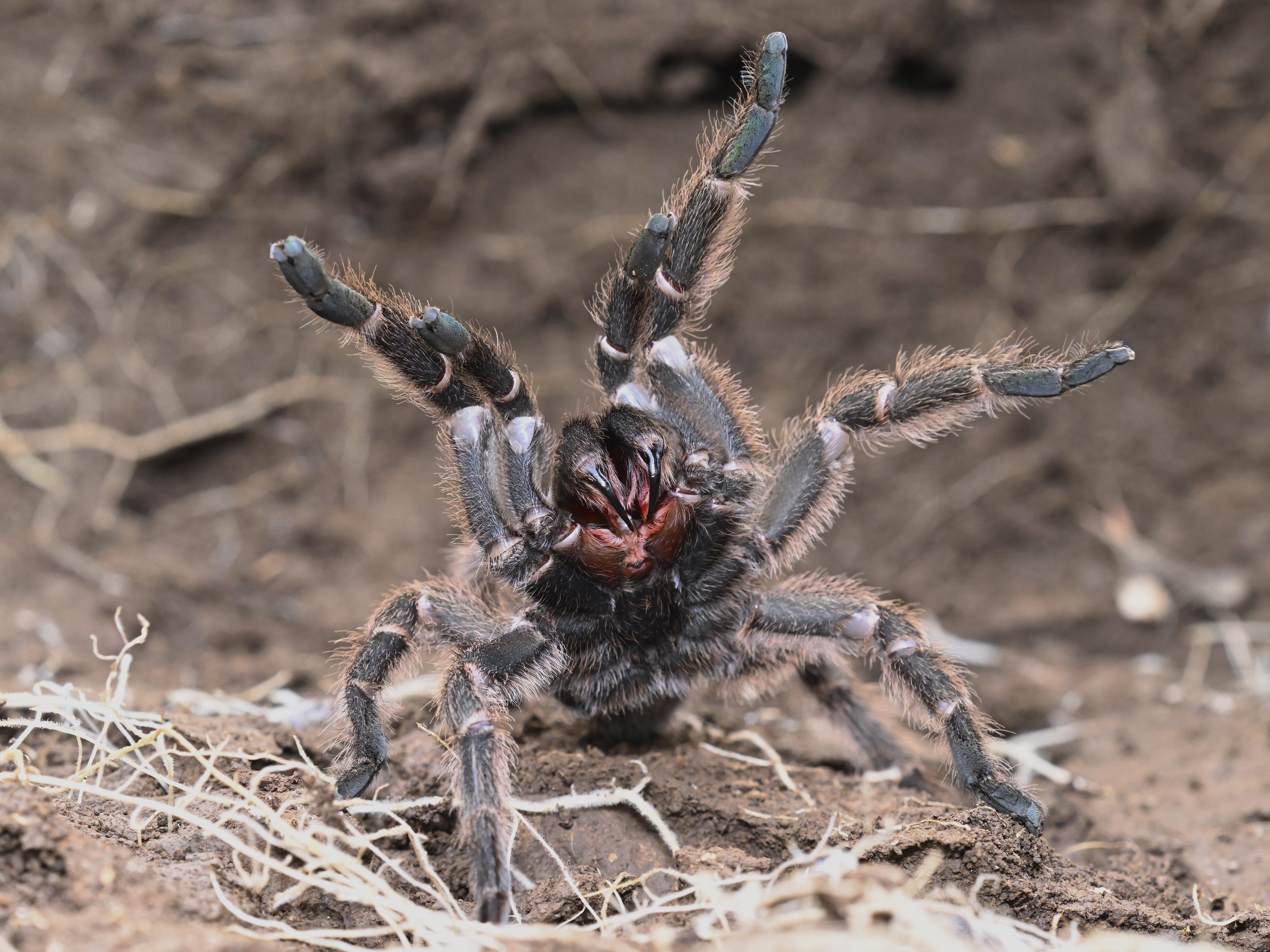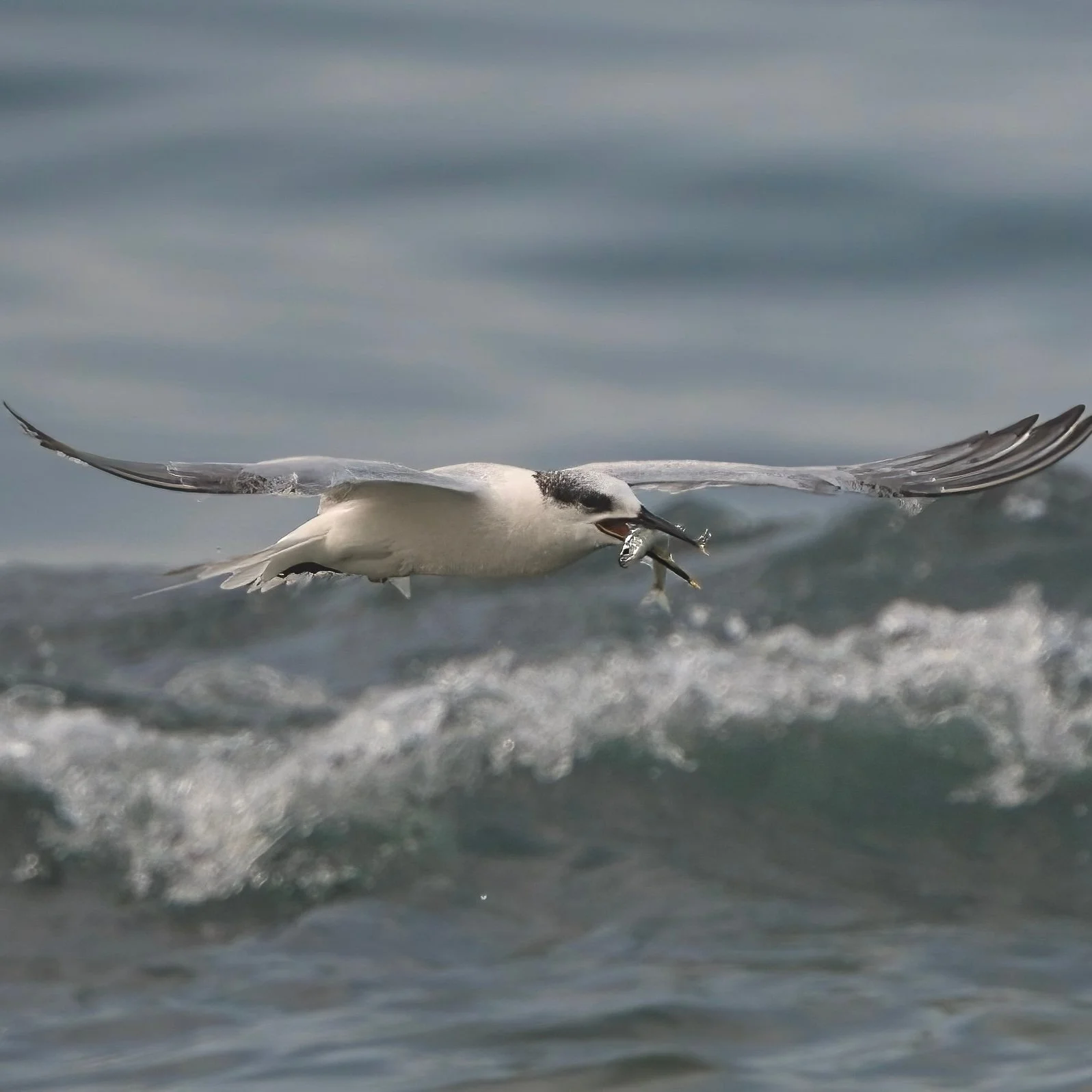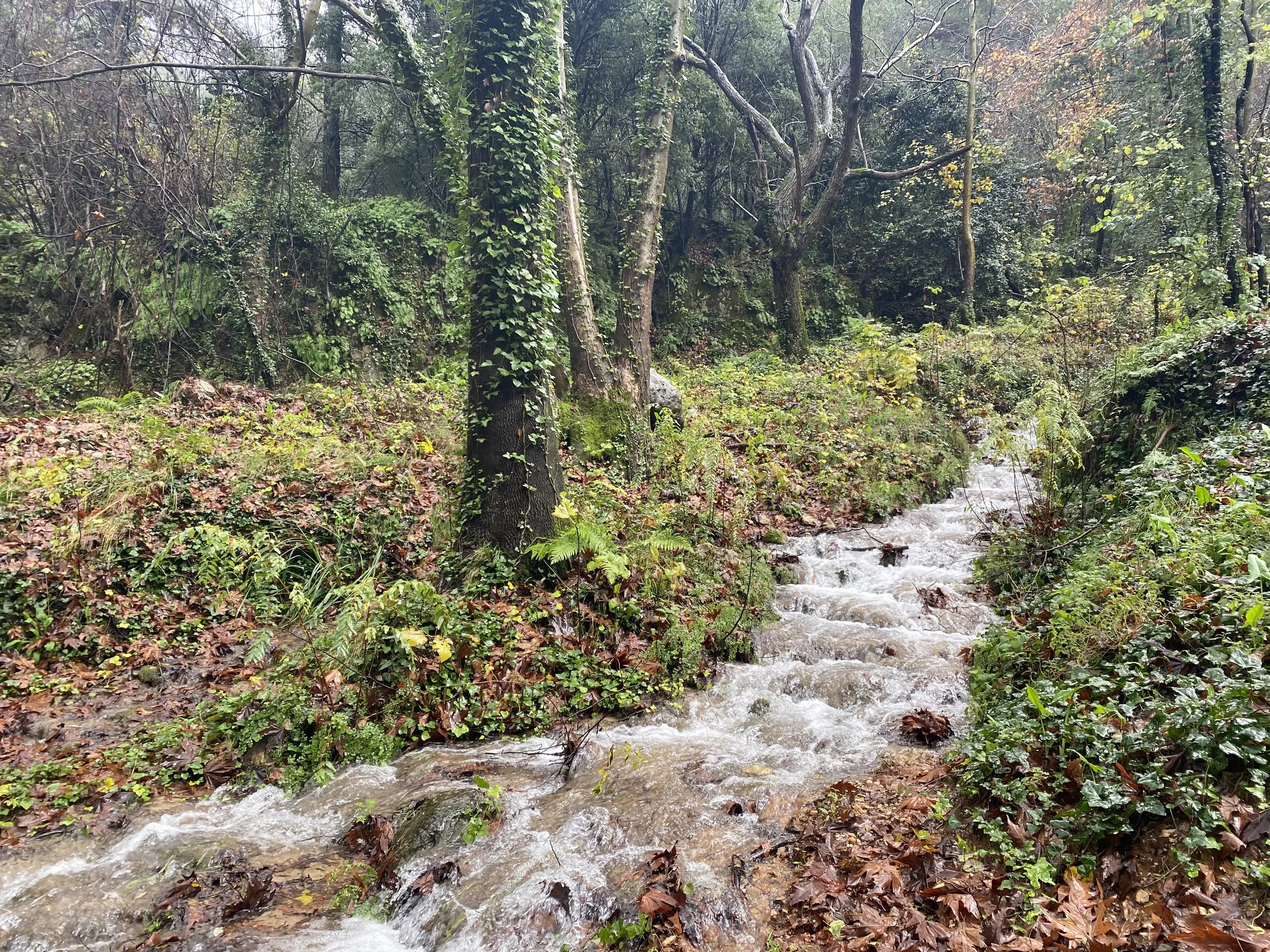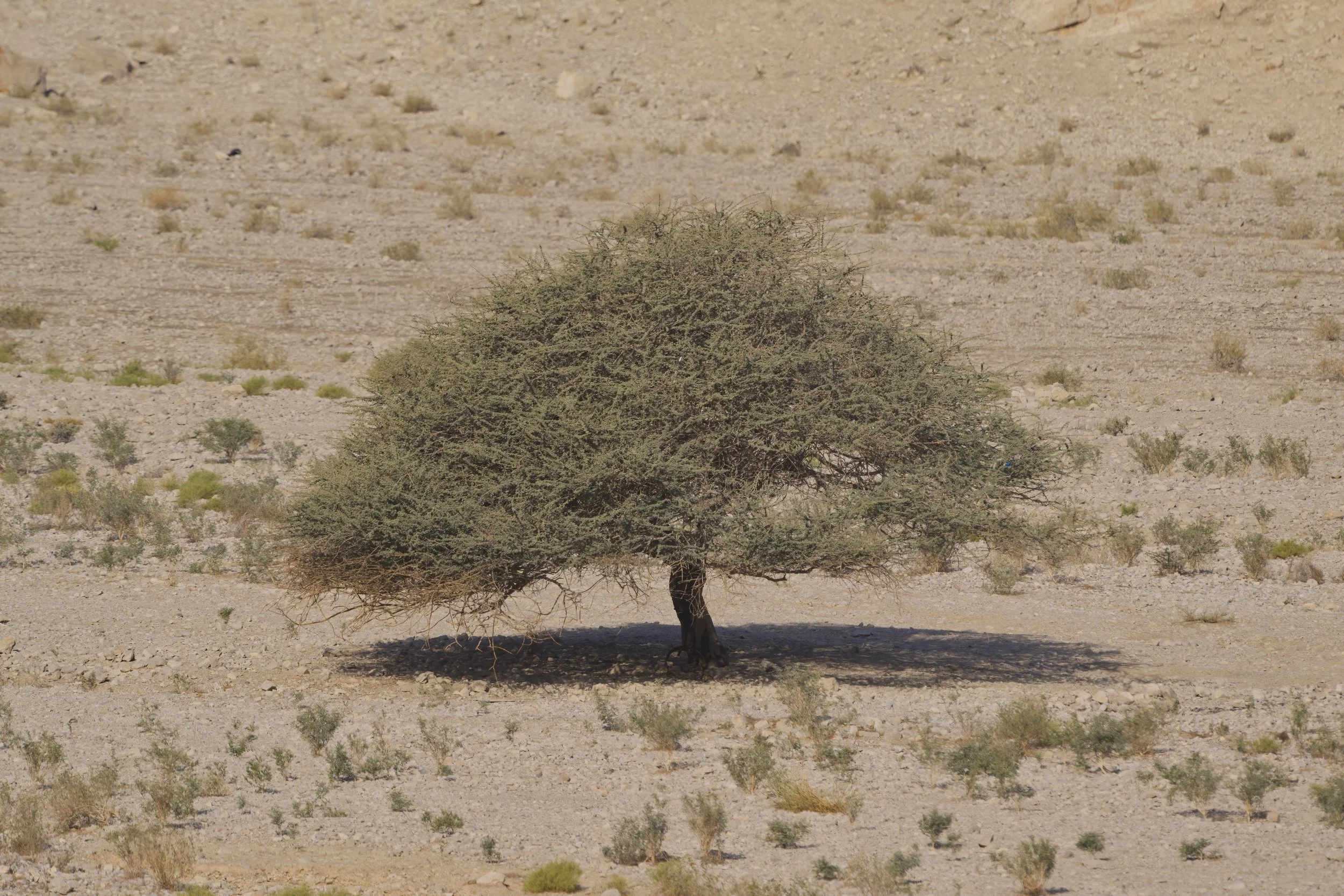Explore our visual guide designed to help you distinguish between similar-looking bird species. Featuring side-by-side photographic comparisons of various bird families—such as Herons, Kingfishers, and Sunbirds—from Lebanon and the UAE, this resource highlights key physical differences and similarities. Ideal for bird enthusiasts and wildlife photographers, it serves as an educational tool to improve bird identification and deepen understanding of these species in their natural habitats.
Photographic Field Guide to Middle Eastern Birds: Side-by-Side Comparisons of Species in Lebanon and the UAE
-
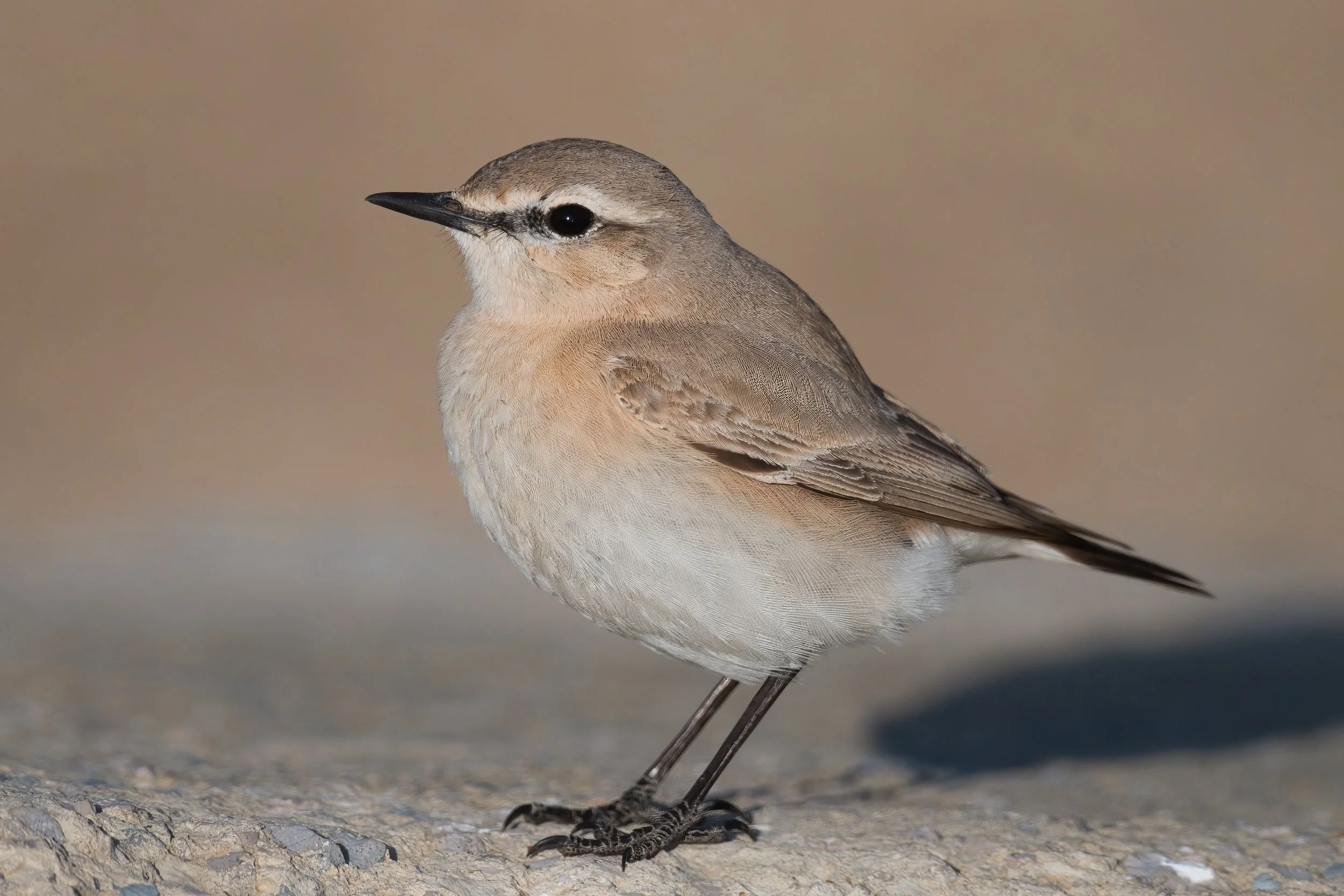
Isabelline Wheatear - Lebanon
The Isabelline Wheatear (Oenanthe isabellina) is a small, attractive bird with subtle yet distinctive plumage.
Adult Male: The male has a pale, sandy-brown or isabelline-colored back and wings, with a white underbelly. It features a black mask around the eyes and a black line extending from the beak through the eye, and a black tail with white edges. The overall appearance is quite elegant and streamlined.
Adult Female: The female is generally paler and more subdued in color than the male. She has a sandy-brown or pale isabelline back with a more muted, less contrasting underbelly and less prominent black markings.
Both sexes have a relatively short tail and legs, and are often seen in arid or semi-arid habitats where they can be observed foraging for insects on the ground.
Wheatears
-
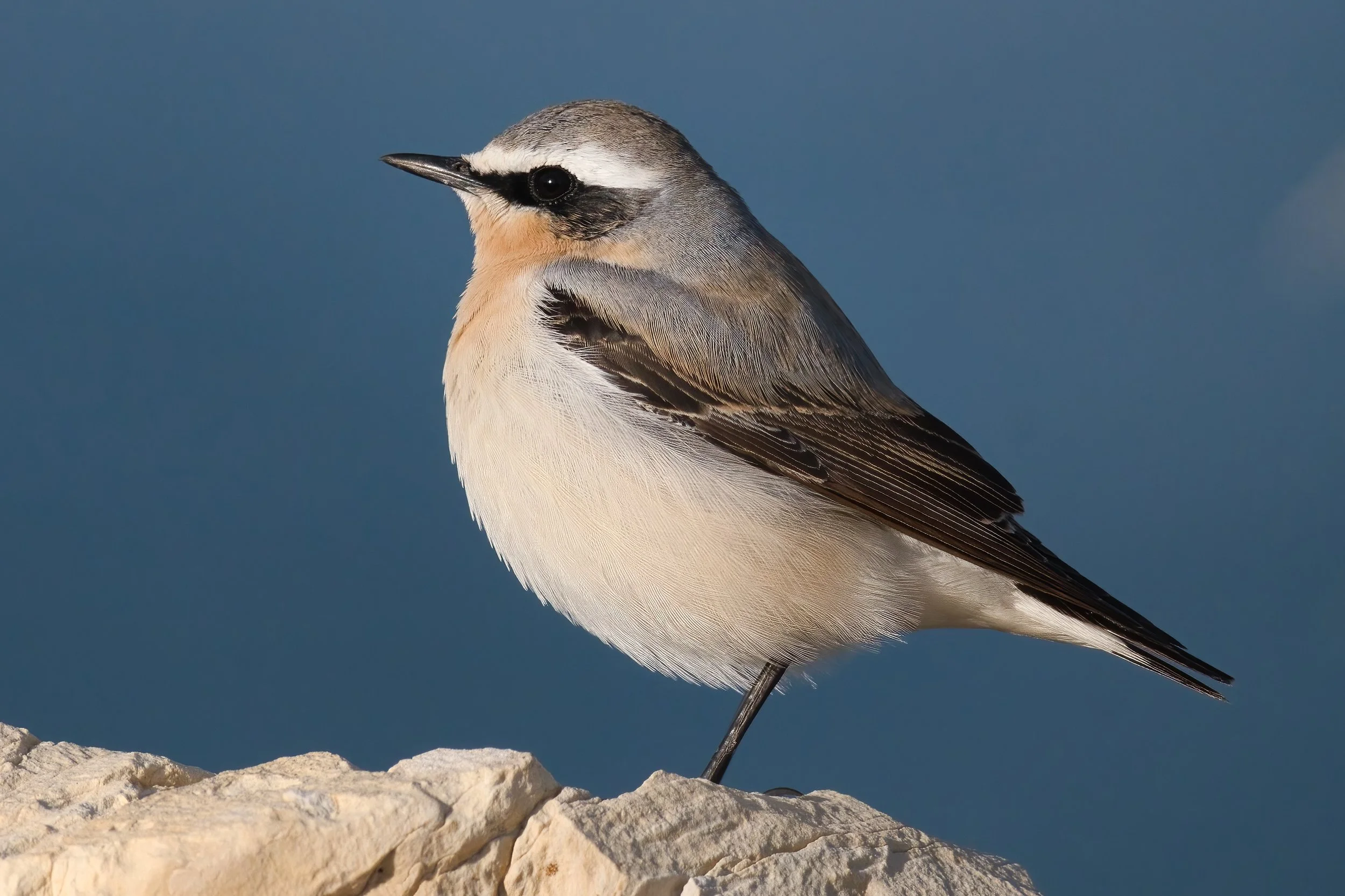
Northern Wheatear - Lebanon
The Northern Wheatear (Oenanthe oenanthe) is a small, striking bird with distinctive plumage.
Adult Male: During the breeding season, the male has a pale, sandy-brown back and wings, with a white belly and a black "mask" around the eyes. It features a prominent black line running from the beak through the eye, and its tail is white with a black base and tip. The overall appearance is crisp and contrasting.
Adult Female: The female is similar in shape but has more muted and less contrasting colors compared to the male. She has a more brownish back and a lighter, less defined underbelly.
Both sexes have a relatively short tail and legs, and they are often found in open, rocky habitats or tundra during migration. The Northern Wheatear is known for its distinctive call and agile foraging behavior.
Wheatears
-

Black-eared Wheatear - Lebanon
Black-eared Wheatear (Oenanthe hispanica) is a medium-sized, striking bird with distinctive black-and-white plumage.
Adult Male: The male has a striking appearance with a black head, throat, and chest, contrasting with white underparts and a pale gray back. The wings are dark with white spots, and the tail is black with white edges. It also features a notable black line from the beak through the eye, giving it a bold look.
Adult Female: Has a more subdued appearance compared to the male. She has a brownish-gray back and wings, with lighter underparts. The black markings are less pronounced, and she lacks the striking black head and throat.
Both sexes have a relatively short tail and legs, and they are commonly found in open, rocky or stony areas, often perched prominently as they search for insects.
Wheatears
-

Hume's Wheatear - UAE
Wheatears
The Hume's Wheatear (Oenanthe albonigra) is a striking passerine bird found in arid and semi-arid habitats, such as rocky hills, wadis, and desert cliffs. Its bold black-and-white plumage makes it easily distinguishable, with males showing a contrasting white crown and rump, while females are slightly duller but equally elegant.
This species is a resident bird across its range, including the Middle East and South Asia, where it adapts well to harsh, barren landscapes. It feeds on insects and other small invertebrates, often seen perching prominently on rocks or darting to the ground to catch prey. The Hume’s Wheatear is a symbol of resilience, thriving in some of the most challenging environments, and is a rewarding sight for birdwatchers and photographers alike.
-

Red-tailed Wheatear - UAE
The Red-tailed Wheatear (Oenanthe chrysopygia) is a small, ground-dwelling passerine known for its distinctive rufous-colored tail and subtle brownish-grey plumage, which provides excellent camouflage in its rocky and arid habitats. This species is typically found in mountainous regions, rocky slopes, and semi-desert areas across the Middle East and Central Asia. In the UAE, it is a winter visitor, often spotted perched on boulders or darting between rocks while foraging for insects. Its characteristic tail-flicking behavior and preference for open, rugged landscapes make it a fascinating subject for birdwatchers and wildlife photographers.
Wheatears
-
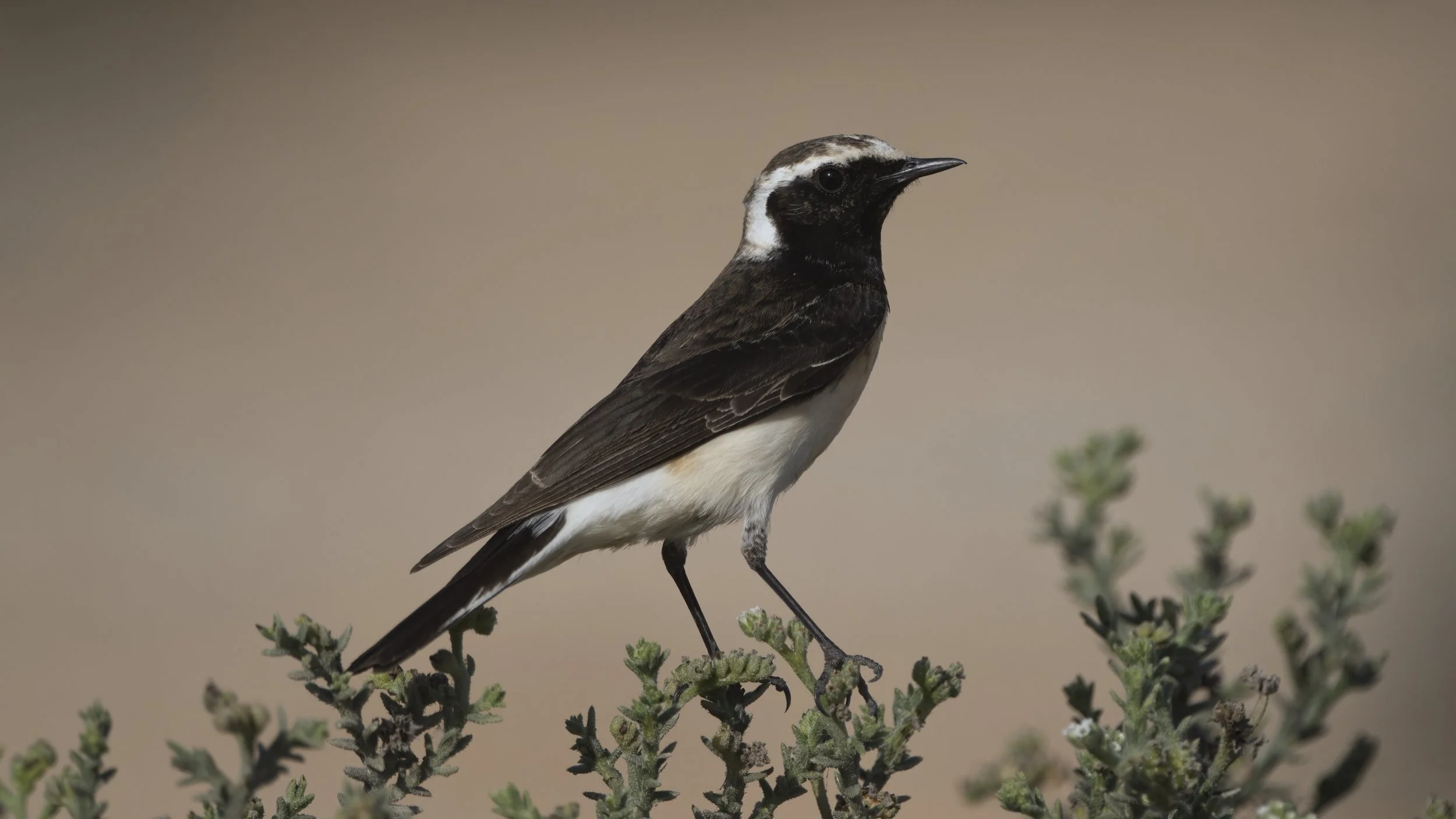
Pied Wheatear - UAE
The Pied Wheatear (Oenanthe pleschanka) is a striking small bird with distinctive black-and-white plumage.
Adult Male: The male is easily recognizable with its bold black and white pattern. It has a black head, throat, and chest, which contrasts sharply with its white underparts and belly. The back is grayish, and the tail is black with white edges. Its wings are dark with white spots. The overall appearance is dramatic and contrasting.
Both sexes have a relatively short tail and legs, and the Pied Wheatear is typically found in open, rocky areas or semi-desert habitats.
Wheatears
-
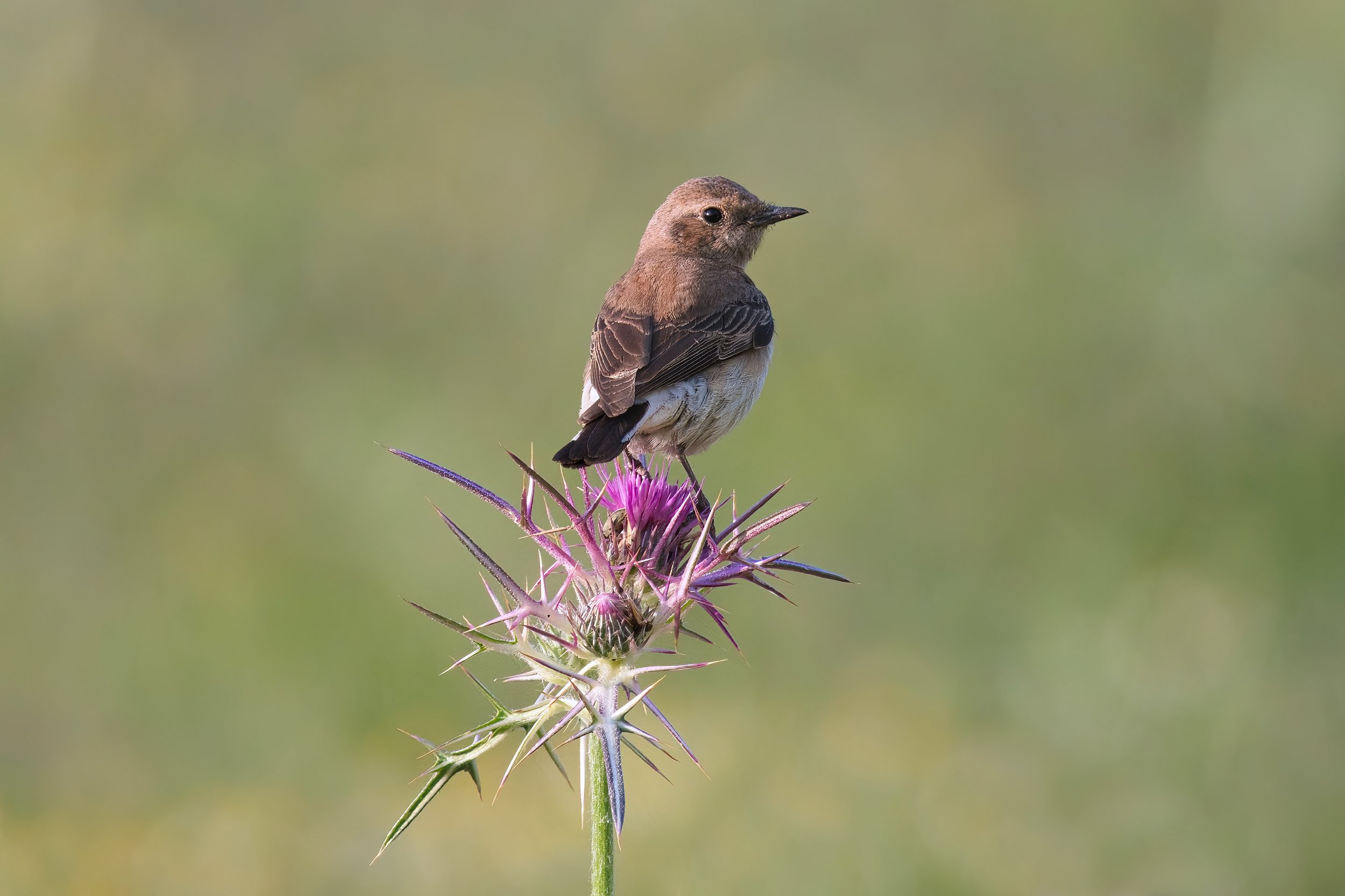
Pied Wheatear - Lebanon
The Pied Wheatear (Oenanthe pleschanka) is a striking small bird with distinctive black-and-white plumage.
Adult Female: The female is less contrasting than the male. She has a more muted brownish-gray back with lighter underparts and less pronounced black markings. The tail is brown with white edges.
Both sexes have a relatively short tail and legs, and the Pied Wheatear is typically found in open, rocky areas or semi-desert habitats.
Wheatears
-
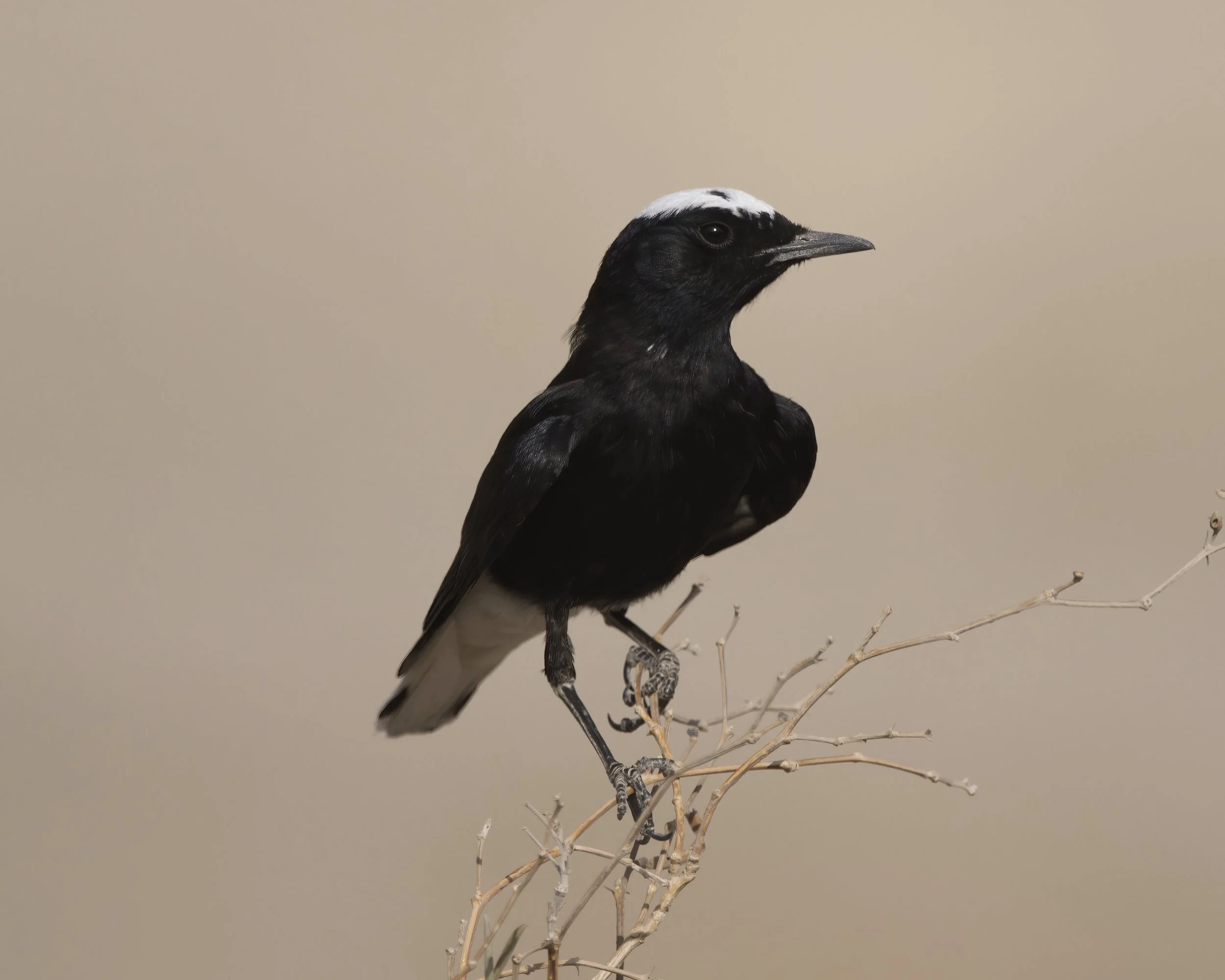
White-crowned Wheatear - UAE
Wheatears
White-crowned Wheatear (Oenanthe leucopyga)
Male is distinguished by its bold white crown, which stands out against the deep black plumage covering most of its body. Its white rump and tail create a striking contrast, especially with the black terminal band at the end of the tail. Males typically appear sleek and confident, often perching upright on rocks or ledges in open desert areas. The overall look is clean and vivid, making adult males particularly eye-catching in the field.
Female usually lacks the prominent white crown seen in males, or it may appear faint or mottled. Her plumage is generally duller, often leaning toward a sooty or brownish-black tone instead of the rich black found in males. The contrast between her body and tail is less defined, and she may appear slightly softer in appearance. Despite these subtler markings, the female still shares the characteristic white rump and tail pattern, although the overall impression is more muted.


